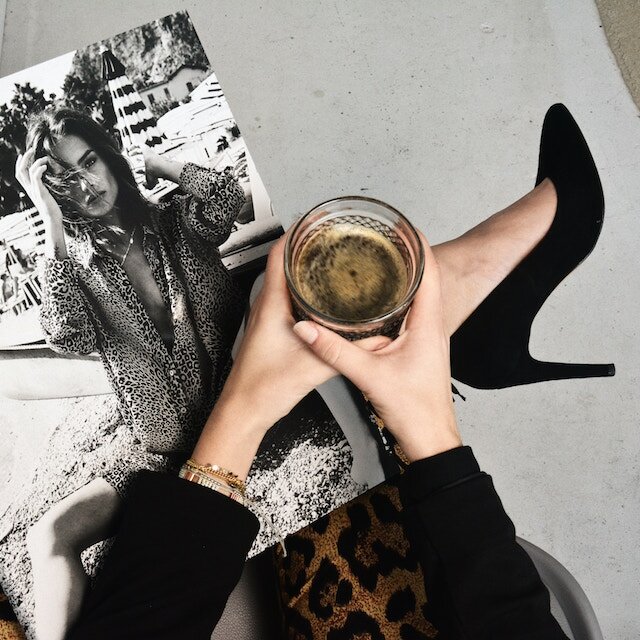Whilst doing some work in my favourite coffee shop today I noticed a couple of young women sat at the table opposite me. There was nothing out of the ordinary about them, but after paying particular attention to their clothes, something really …
Main Content
Transform your personal style
Cultivate your perfect wardrobe today
Personal styling for
You 2.0
Coming soon..........

02How do I start adding jewellery to my wardrobe?
So you're wanting to add jewellery… Jewellery is such a weird thing. It can be ludicrously expensive or ridiculously cheap. It can be super luxe and indulgent or really personal and meaningful. Which is why it can be one of the trickier …
Reviews
Becky

Gill

Aaron

Rachel

